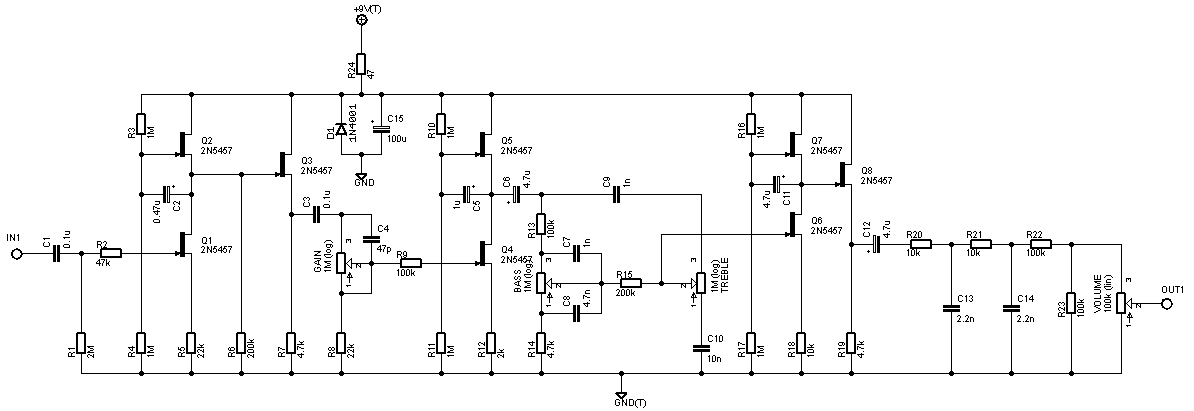megatrav
Well-known member
I recently ordered the Lemon Rockerverb PCB from Guitar PCB Mania and I'm really excited to build it. Recently, I built a Sabbath from Pedalpcb. I was wondering, how does someone take a schematic of a tube amp and then convert the preamp section to a transistor based pedal?
I have wondered this for a while. It also raises other questions as I was looking into building some other higher gain pedals. Is there a particular reason that pedals like the BE-OD and Revv G2/3/4 don't use transistors to replicate their amps preamp? Is it more about the voicing and using standard clipping options that have been used is other pedals?
I hope what I am asking makes sense
I have wondered this for a while. It also raises other questions as I was looking into building some other higher gain pedals. Is there a particular reason that pedals like the BE-OD and Revv G2/3/4 don't use transistors to replicate their amps preamp? Is it more about the voicing and using standard clipping options that have been used is other pedals?
I hope what I am asking makes sense



/svtpream.gif)
